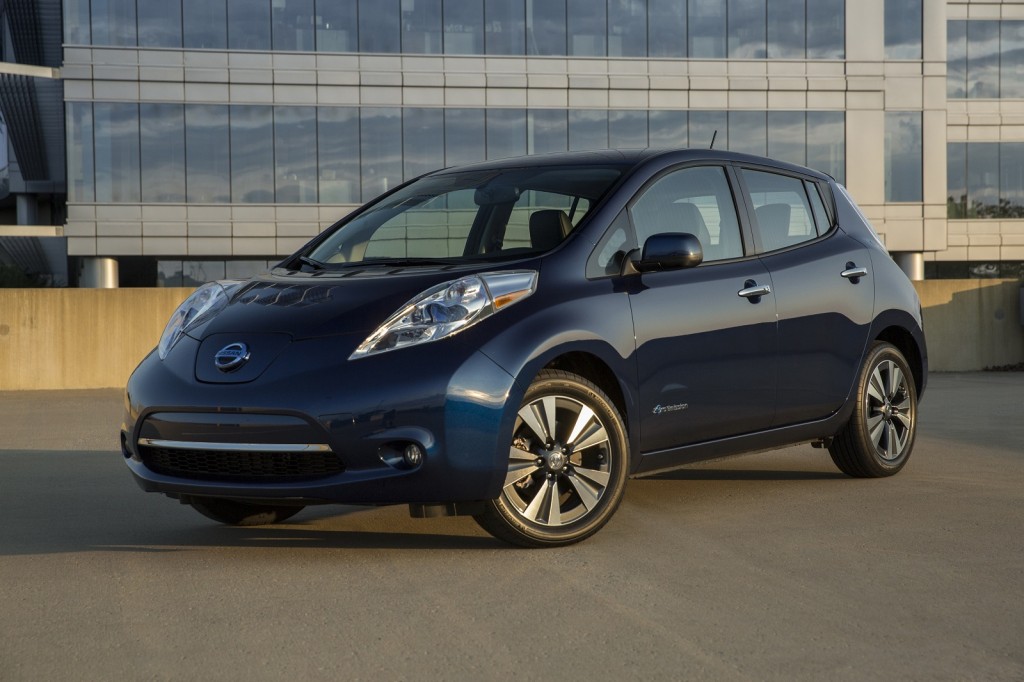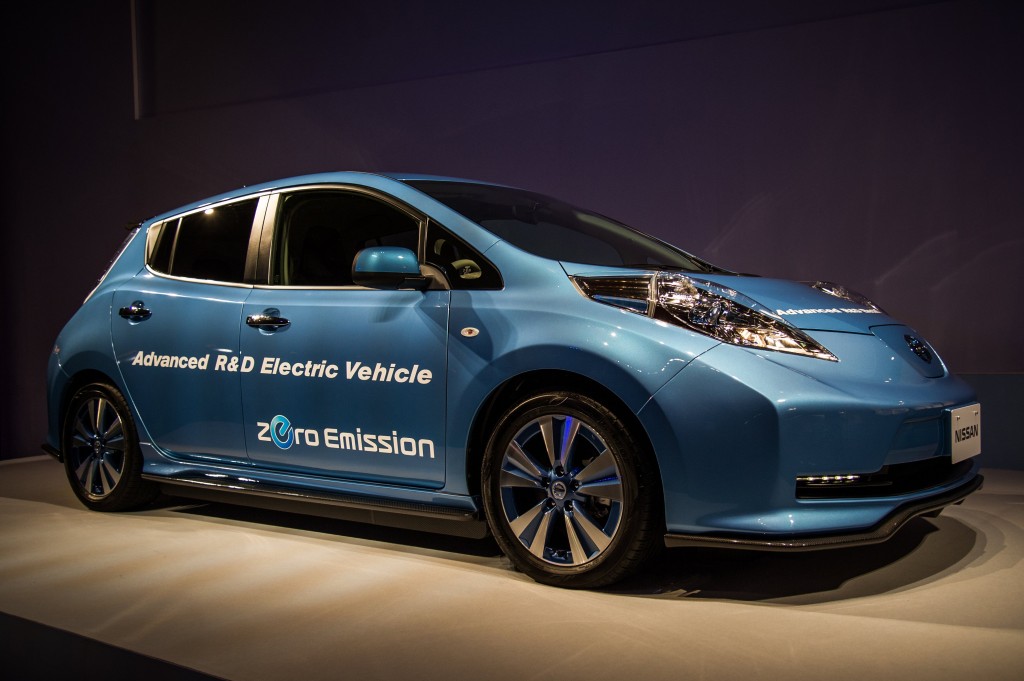Carlos Ghosn has never really been known as a man with frequent warm and ready smiles for all comers.
Under most circumstances, the man who runs not only global automaker Nissan but the Franco-Japanese Renault-Nissan Alliance displays a serious, thoughtful countenance.
But as he inspected the 2017 Chevrolet Bolt EV during last week's Detroit Auto Show, more than one observer suggests that he did not look particularly happy.
DON'T MISS: First Drive: Chevy Bolt EV 200-Mile Electric Car Development Vehicle
As photos posted on Facebook by Gary Lieber of the San Francisco Bay Area Nissan Leaf Owners indicates, Ghosn displayed a visible frown while chatting with Larry Nitz, GM's executive director of global electrification.
Ghosn's "Power 88" business plan for Nissan, announced in June 2011 and lasting through this year, requires the company to achieve 8 percent of global market share and an operating profit of 8 percent (hence the "88").
As the company's first battery-electric vehicle, the Leaf program would likely break even--at best--over what now appears to be a seven-year lifespan, starting in 2011 and ending with a 2017 model year.

2016 Nissan Leaf
According to industry insiders, every Leaf model sold in the U.S. (starting at $28,060) takes the company further away from that 8-percent operating profit.
General Motors, on the other hand, has bragged that it will pay only $145 per kilowatt-hour for the Bolt EV's cells when production starts late this year.
And at a starting price of $37,500, the company could easily afford to subsidize the car until volume increases and economies of scale come into play to cut losses on the program over its life.
ALSO SEE: Nissan Leaf With 250-Mile Range: Ghosn Shows R&D Car, Video At Annual Meeting (Jun 2015)
All of that was likely running through Ghosn's mind as he congratulated a smiling Nitz on the launch.
Electric-car advocate and BMW i3 driver Tom Moloughney happened to be on the Chevy stand as Ghosn came to look at the Bolt EV.
"Carlos Ghosn and his entourage were escorted onto the platform behind us to have a private look at the Bolt on display," he wrote on InsideEVs.
![Nissan CEO Carlos Ghosn inspects 2017 Chevrolet Bolt EV, 2016 Detroit Auto Show [photo: Gary Lieber] Nissan CEO Carlos Ghosn inspects 2017 Chevrolet Bolt EV, 2016 Detroit Auto Show [photo: Gary Lieber]](https://images.hgmsites.net/lrg/nissan-ceo-carlos-ghosn-inspects-2017-chevrolet-bolt-ev-2016-detroit-auto-show-photo-gary-lieber_100543313_l.jpg)
Nissan CEO Carlos Ghosn inspects 2017 Chevrolet Bolt EV, 2016 Detroit Auto Show [photo: Gary Lieber]
"I couldn’t hear exactly what they were talking about," Moloughney said, "but he wasn’t smiling."
In April 2014, Nissan's then-product chief Andy Palmer told Green Car Reports that the next generation of Nissan Leaf would have multiple battery pack options, with ranges that could go as high as 150 miles.
In September of that year, Palmer left Nissan to become CEO of British sports-car maker Aston Martin.
But if a maximum range of 150 miles is still the plan, the 2018 Leaf would launch with a lower range than the Bolt EV, which will undoubtedly have an EPA-rated range of at least 200 miles.
More likely is that the next Leaf will offer at least one battery option to equal or surpass the Bolt EV--as will BMW in at least one battery-electric model, Volkswagen, and others.

Nissan Leaf 'Advanced R&D Electric Vehicle' shown at company annual meeting, Yokohama, Jun 2015
Last summer, Ghosn showed an "Advanced R&D Electric Vehicle" using a current Nissan Leaf as a test mule.
Its announced range of 544 km (338 miles) on the Japanese test cycle would likely exceed 200 miles in EPA testing, and perhaps run as high as 250 miles.
Still, we're betting Carlos Ghosn was doing the sums in his head as he gazed at the car that will obsolete his prized Nissan Leaf within a year or so.
Since the second generation of the Leaf is expected to earn its keep by turning a profit (just as the second-generation Toyota Prius hybrid ultimately did), that process can't have made him happy.
[hat tip: Brian Henderson]
_______________________________________













